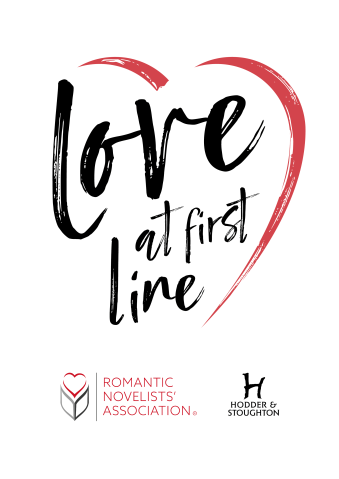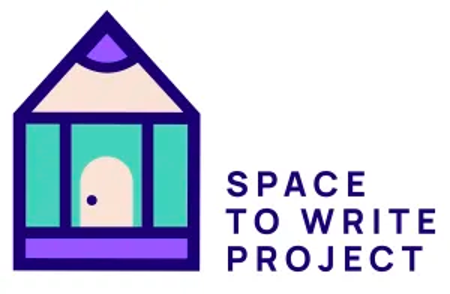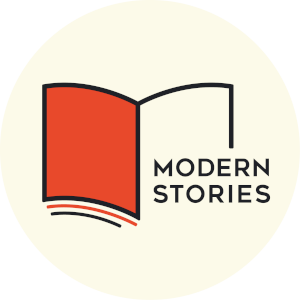‘Let your characters speak; they will tell you things about themselves’
Understand your character better by letting them speak
from Complete Creative Writing Course by Chris Sykes
Creating characters through monologues
A monologue is a long speech spoken by someone in a play. It’s a speech delivered to the audience or to another character or even to an object. Shirley Valentine, in the play of that name, spoke to her kitchen wall. A monologue is different from a soliloquy which is a speech not explicitly delivered to the audience or to another character but the words spoken by an actor that reveal the inner workings of his mind. A soliloquy has to be spoken out loud otherwise we would not hear it but we accept the device that the actor is only speaking the words in order to allow us access to his inner thoughts. Other people in a play could hear a monologue but not a soliloquy. Monologues can also appear in books where we can get a character’s thoughts in a direct speech or his inner thoughts in an interior monologue. This, in one way, is more like a soliloquy because no other character in the story or novel is privy to these inner workings in the same way that we the reader are. Virginia Woolf and James Joyce used monologues to try to get across the stream of consciousness of a character’s mind. They recorded the thoughts, observations, memories, feelings and to convey the sense of the busy mind often removed all punctuation. Yet we don’t feel confused or lost. It is both easy to understand and follow.
Alan Bennett’s well-known series of monologues called Talking Heads is well worth looking at to see both how you can create stories out of monologues but also very importantly how you can create characters through monologue. Monologues depend on things which are crucial to stories. They depend a good deal on shape and structure; they need to be going somewhere, to have a point to them, just as the story around them does. The voice speaking the monologue has to be well formed and distinctive. The voice needs particular speech patterns and phrasing to make it believable. It needs to be speaking in a particular place. If they are speaking their monologue to an audience, who are they speaking to? Again, this can lead you into other characters. What is the main thing your character is saying in the monologue? Does he or she bang on about anything particular? Are they obsessed with anything? Are there any recurring themes? If you were to write monologues for the characters you are interested in developing you would find that you had to confront many of these issues and therefore writing monologues for your characters can be a very fruitful way of getting to know them and of tackling other areas of your story.
The comedy writing team of Marks and Gran often do this for characters in their sitcoms. Their suggestion is to write a monologue for each of your characters as if they were at the doctors telling them of their symptoms. It is also advice given by James N. Frey in his book How to Write a Damn Good Novel. He gives examples there of successful character creation that began with character details which were developed into a monologue. In many ways your character only fully begins to come alive from the lifeless matter of facts and biographical detail laid down on the page. The act of speech is almost like the breath of life flowing through them. As they speak they get up off the page and address you and the reader. It is this coming alive of the character you are aiming for. Writing a monologue is a very good way of exciting that process into action. In mechanical terms, writing monologues for our characters gets them speaking. It develops their speech patterns and their ideas; it allows them to tell you what it is they want to say. In doing this it allows you to learn about them. They say things that might surprise you; things about their background, upbringing, parents, early life; love life, etc.
Focus point
Nothing that comes up in the monologue may actually appear in the finished work, but the very process of doing it can release information about the character’s desires or ambitions and this can fuel your character development.
On the other hand, the monologue you create may appear in your finished piece. The Alan Bennett work we have referred to is a series of monologues building up into a whole. The Irish playwright Brian Friel built his 1979 play Faith Healer entirely from three monologues. Seeing the play is a bit like listening to witnesses at an accident; everyone sees the same events differently. The fact that the monologues don’t physically overlap and interact seems in one way wasteful from a theatrical point of view when resources are sparse and ought to be maximised, but hearing them all separately makes the play very interesting.
Key idea
Let your characters speak; they will tell you things about themselves.
Writing monologues
Writing a monologue for a finished piece as opposed to writing a monologue for yourself in order to try to develop character, is no different from writing anything else as a finished piece. You should start with a hook, something that will grab the audience or reader. You could start in mid-sentence puzzling the reader and encouraging them to read on. You could start at the end of the story and then loop back to the beginning hoping to keep the reader interested in finding out how the journey took place. However you start, you should take hold of the reader’s attention with something strong and clear and simple. As you move into the monologue have a clear goal in mind. Have a point. Do not just have a character talk for the sake of talking. Give them a reason. Make sure the piece is going somewhere. It must tell a story so construct it with a beginning, middle and end. While they are talking, through what they are saying, your character must reveal themselves. They do not have to tell the reader or listener or speak explicitly about themselves; in fact, it is better that they do not. Some of the most moving and amusing moments in Alan Bennett’s Talking Heads and Brian Friel’s Faith Healer, come from the dramatic irony of the characters not being fully aware of the implications of what they are saying. The audience is able to draw conclusions about situations and characters in ways of which the characters are ignorant. Characters must not know too much about themselves; this is one sure way for them to be dead characters on the page. But as they talk in the monologue they should reveal things about their background, about their attitudes and about their desires and disappointments. They should begin to shape themselves as characters for you on the page and for the reader. Once we know about their hopes and dreams and disappointments, once they start talking about them, they will begin to live. And if your characters live, your story will live.
Key idea
Your characters must not know too much about themselves. Keep them ignorant of important facts about themselves.





